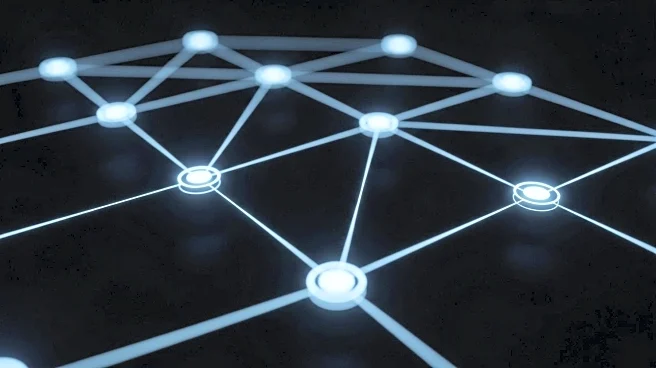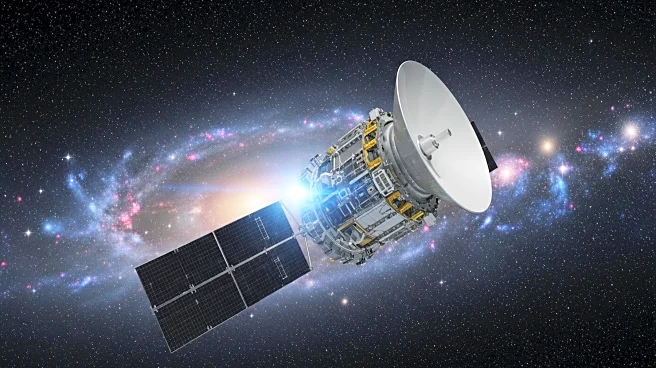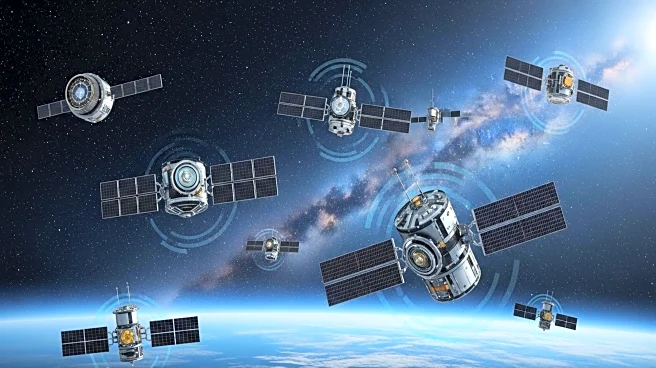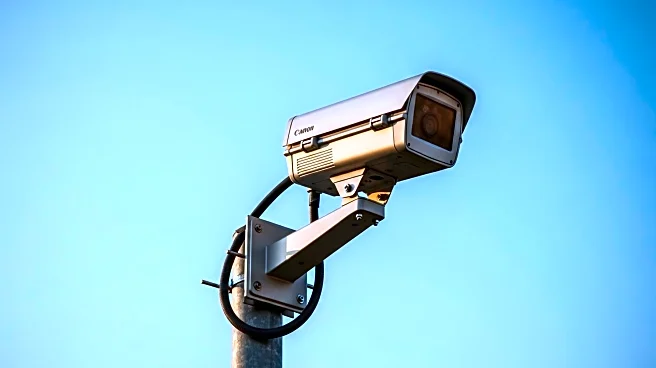What's Happening?
AT&T's Senior Vice President and Network CTO, Yigal Elbaz, provided a strategic update following the company's acquisition of 50 megahertz of EchoStar's low- and mid-band spectrum for $23 billion. This acquisition is part of AT&T's efforts to maintain long-term leadership in advanced networking. Elbaz emphasized the company's commitment to deploying the 30 megahertz of mid-band 3.45 GHz spectrum quickly to enhance its 5G fixed wireless access (FWA) offering. This move is aimed at competing with cable companies in the home broadband market. AT&T's fiber-first strategy remains unchanged, but the company is augmenting it with FWA to accelerate market share growth. Additionally, AT&T acquired 20 megahertz of nationwide low-band spectrum in the 600 MHz band, which will require new radio deployments. The company is also focusing on network modernization, including a $14 billion Open RAN deal with Ericsson to ensure 70% of its wireless network traffic flows across open-capable platforms by late 2026.
Why It's Important?
The acquisition of EchoStar's spectrum is crucial for AT&T as it seeks to strengthen its position in the competitive telecommunications market. By expanding its 5G capabilities, AT&T aims to offer more robust services to consumers, particularly in areas where fiber deployment is not feasible. This strategic move is expected to enhance AT&T's ability to compete with cable companies in the broadband sector, potentially leading to increased market share. The focus on network modernization and the integration of open-capable platforms reflect AT&T's commitment to innovation and adaptability in a rapidly evolving industry. The company's efforts to incorporate AI and cloud-based networking further underscore its dedication to staying ahead in technological advancements.
What's Next?
AT&T plans to deploy the newly acquired mid-band spectrum quickly to support its 5G FWA offering, while the low-band spectrum will require more time for radio deployment. The company is also working towards achieving its goal of having 70% of its wireless network traffic on open-capable platforms by late 2026. As AT&T continues to modernize its network, it will likely face challenges in integrating new technologies and maintaining service quality. The company's ongoing collaboration with Ericsson and other partners will be crucial in achieving these objectives. Additionally, AT&T's exploration of direct-to-device services provided by non-terrestrial networks may open new revenue streams and enhance connectivity options for consumers.
Beyond the Headlines
AT&T's strategic moves highlight the broader industry trend towards network virtualization and cloud-based solutions. The company's efforts to integrate AI into its wireless architecture reflect a shift towards more dynamic and responsive network management. This approach challenges the traditional 10-year cycle of cellular network generations, suggesting a future where network upgrades are driven by software advancements rather than hardware changes. As AT&T continues to innovate, it may influence other industry players to adopt similar strategies, potentially leading to a more agile and competitive telecommunications landscape.











